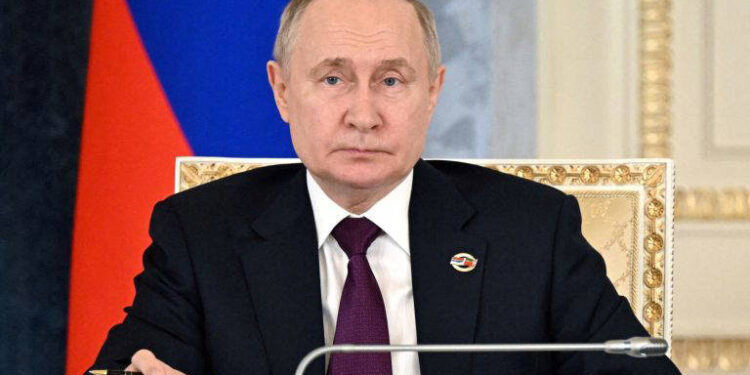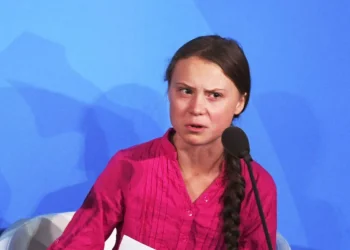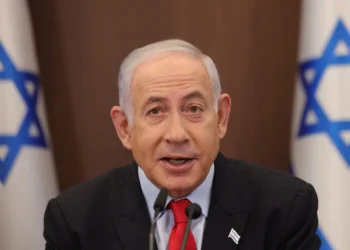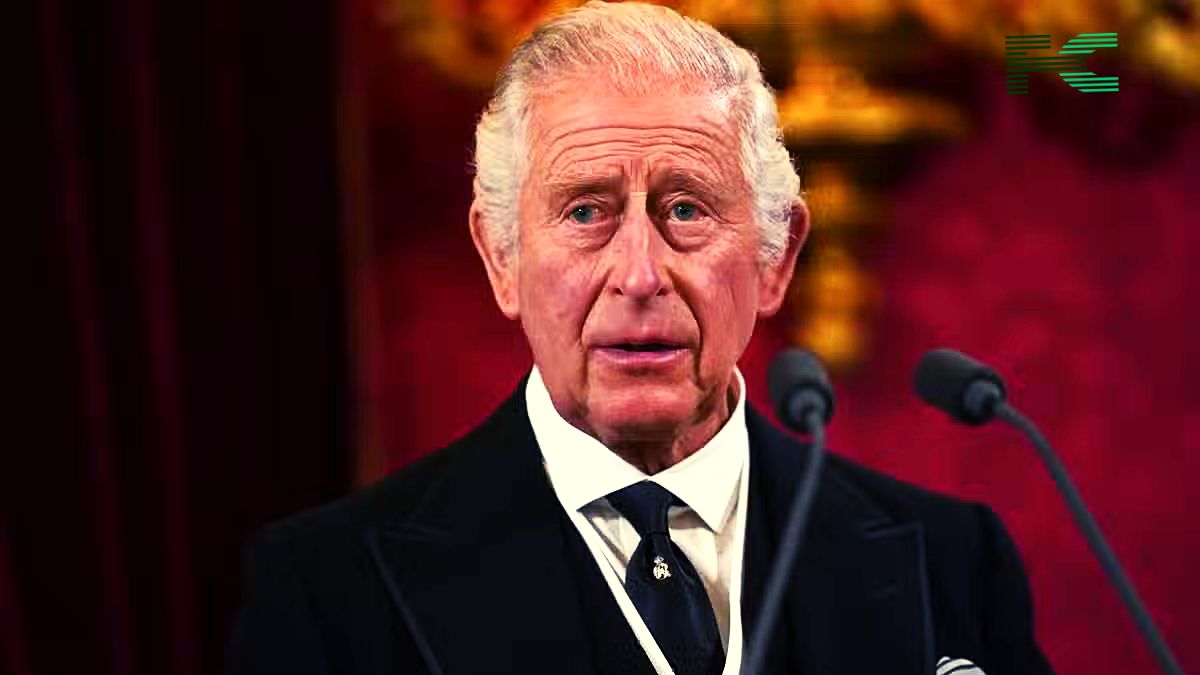Russian President Vladimir Putin has won several concessions on Ukraine after talks in Alaska with U.S. President Donald Trump, but he did not get everything he wanted. The two leaders met at Joint Base Elmendorf-Richardson in Anchorage on August 15, 2025, for high-stakes discussions about ending the war in Ukraine.
Putin came out of the summit with Trump agreeing to shift focus away from a ceasefire toward a direct peace settlement, a position Moscow has long pushed. For Russia, this was seen as a major diplomatic breakthrough. Yet, despite the gains, Putin did not secure the sweeping economic reset he had been hoping for.
Concessions on Ukraine, but limits remain
During the talks, Trump abandoned his earlier demand for an immediate ceasefire. Instead, he agreed with Putin that negotiations should move straight to a permanent settlement. Russian state media hailed the move as a victory. “The U.S. president’s position has changed after talks with Putin, and now the discussion will focus not on a truce, but on the end of the war. And a new world order. Just as Moscow wanted,” Russian presenter Olga Skabeyeva said.

However, Putin did not achieve his wider economic goals. He had hoped the Alaska summit would lead to easing sanctions and new trade opportunities, but Trump made clear that business talks would have to wait until the war ends.
Trump balances diplomacy and pressure
Trump praised the talks as constructive but warned sanctions could still return. He told reporters that the U.S. might revisit secondary sanctions on China in two to three weeks if financing for Russia’s war effort continues. Trump also said Ukrainian President Volodymyr Zelenskiy would still have the final say on any land swap deals or peace terms.
This cautious approach showed Trump giving Putin some ground on Ukraine, but not fully aligning with Moscow’s demands. It also reflected Trump’s attempt to balance diplomacy with pressure, especially with European allies watching closely.
The Donbas question still unresolved
One of the most contentious issues remains the Donbas region. Putin signaled readiness to freeze frontlines in other areas like Zaporizhzhia and Kherson if Kyiv agreed to withdraw from Donetsk and Luhansk. But Zelenskiy has already rejected that idea, insisting that Ukraine’s territorial integrity is not negotiable.
Reports suggest Trump told European leaders that recognition of Donbas as Russian territory could help secure a deal. For Kyiv, however, such a concession would amount to surrender.
Gains and setbacks for Putin
By simply being hosted in Alaska with red-carpet treatment, Putin broke through years of Western attempts to isolate him. He returned to Moscow with proof of renewed U.S.-Russia dialogue, something he has long sought. Dmitry Medvedev, Russia’s former president, said, “The mechanism for high-level meetings between Russia and the United States has been restored in its entirety.”
Still, Putin left without the economic breakthrough he wanted. Sanctions remain in place, and the Russian economy is under strain. Analysts warn that while Putin wins Ukraine concessions in Alaska, those gains could be temporary if the war drags on and economic pressures grow.
Putin wins Ukraine concessions in Alaska, but with conditions
Putin won the Ukraine concessions in Alaska but did not get all he wanted. Trump’s agreement to move past a ceasefire toward direct settlement talks was a win for Moscow. Yet, without sanctions relief and with Ukraine refusing territorial compromises, Putin’s victories remain incomplete. The Alaska summit showed how far Russia has come back into diplomatic relevance, but also how many limits remain on its ambitions














